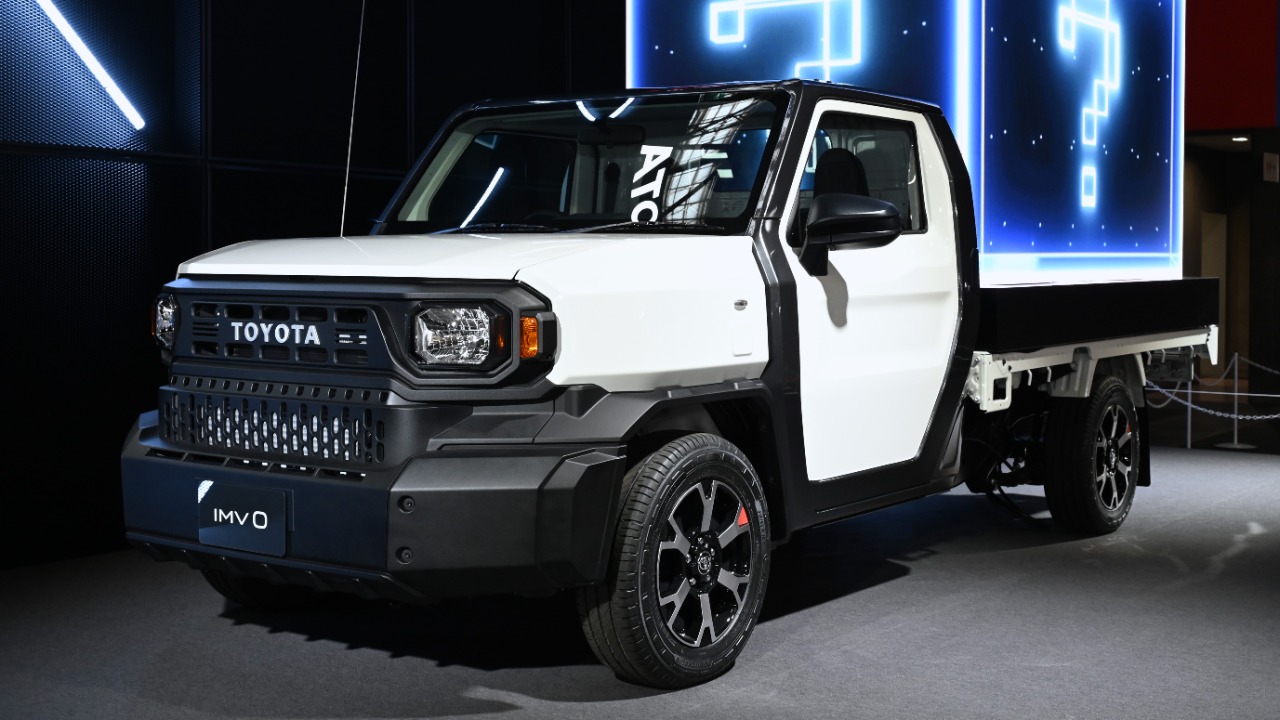
Toyota is making waves in the automotive industry with rumors of a $10K truck, which has sparked considerable interest among budget-conscious consumers and automotive enthusiasts alike. This potential game-changer could redefine affordability in the truck market. Here’s what we know so far about Toyota’s ambitious endeavor.
The Genesis of the $10K Truck
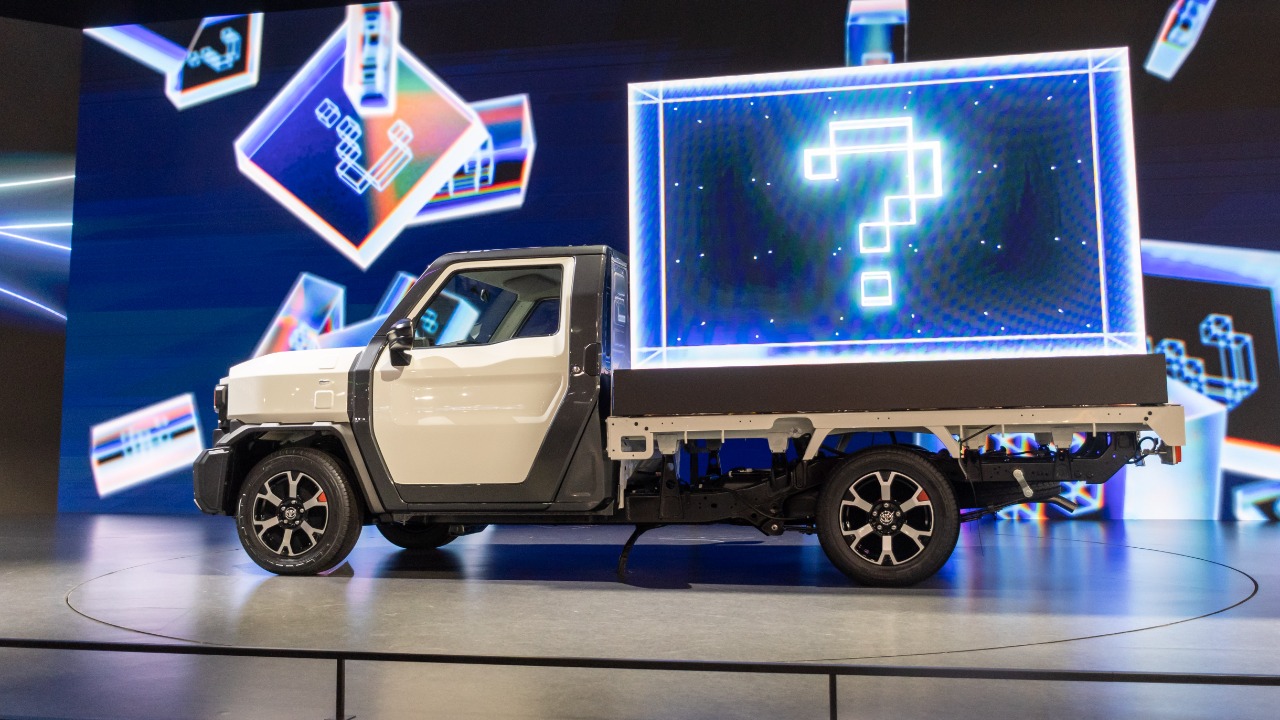
Toyota has long been synonymous with reliability and affordability, qualities that have cemented its position as a leader in the automotive industry. The company’s history of producing budget-friendly vehicles, such as the Corolla and Camry, underscores its commitment to making automobiles accessible to a broader range of consumers. The idea of a $10,000 truck is not entirely surprising given Toyota’s track record, but it certainly marks a bold step in a new direction.
The demand for a budget-friendly truck is evident in today’s market, where consumers are increasingly seeking value without compromising on quality. The introduction of an economical truck aligns with this demand and supports Toyota’s strategic objectives of expanding its market reach and capturing a share of the budget-conscious demographic. By launching a low-cost model, Toyota aims to fulfill a niche that has, until now, been relatively underserved.
Design and Features
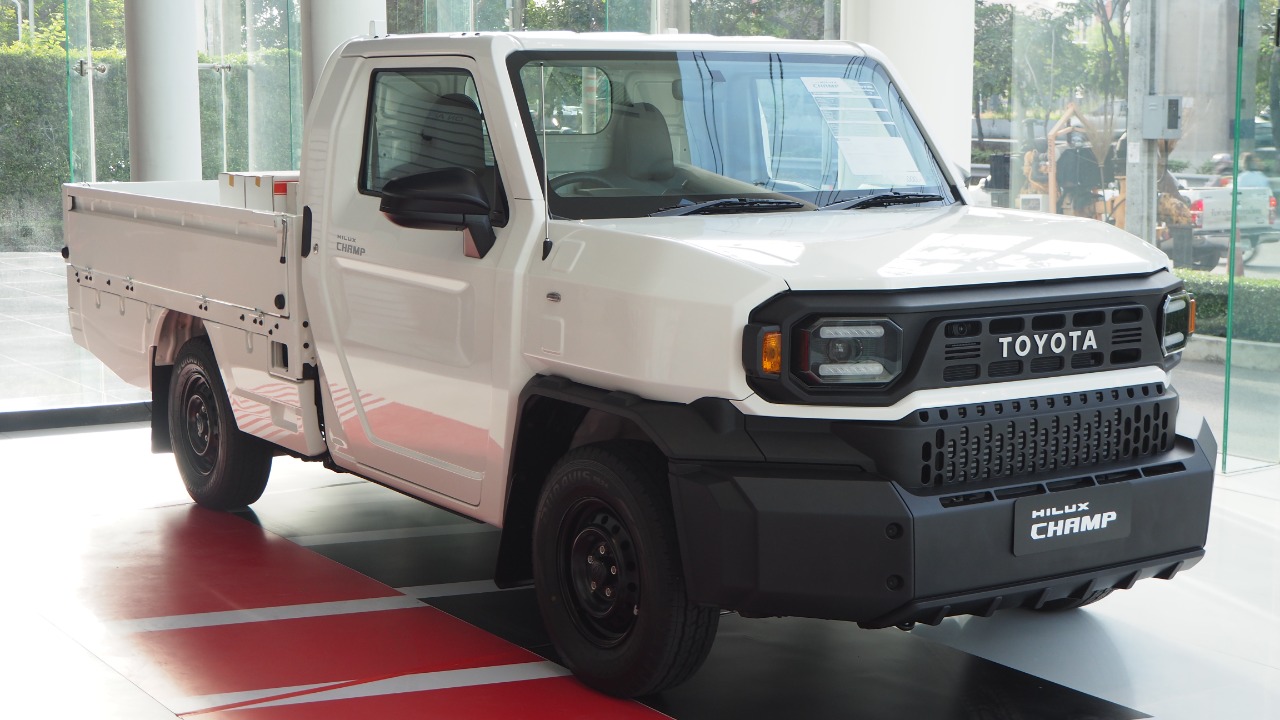
The anticipated design of Toyota’s $10K truck, known as the IMV 0 or Hilux Champ in some markets, is expected to strike a balance between utility and style. Although detailed specifications remain under wraps, industry insiders suggest that the truck will feature a no-frills design focused on functionality. Toyota’s expertise in crafting durable vehicles suggests that the IMV 0 will be built to withstand rugged conditions while offering a modern aesthetic.
Inside, the truck is expected to include essential features that cater to the needs of everyday users. While luxury amenities might be limited due to cost constraints, Toyota is likely to incorporate basic technology and comfort features to ensure a satisfactory driving experience. When compared to existing models like the Toyota Hilux and the anticipated return of the Toyota Stout, the IMV 0 will likely stand out as a practical and economical alternative.
Market Competition
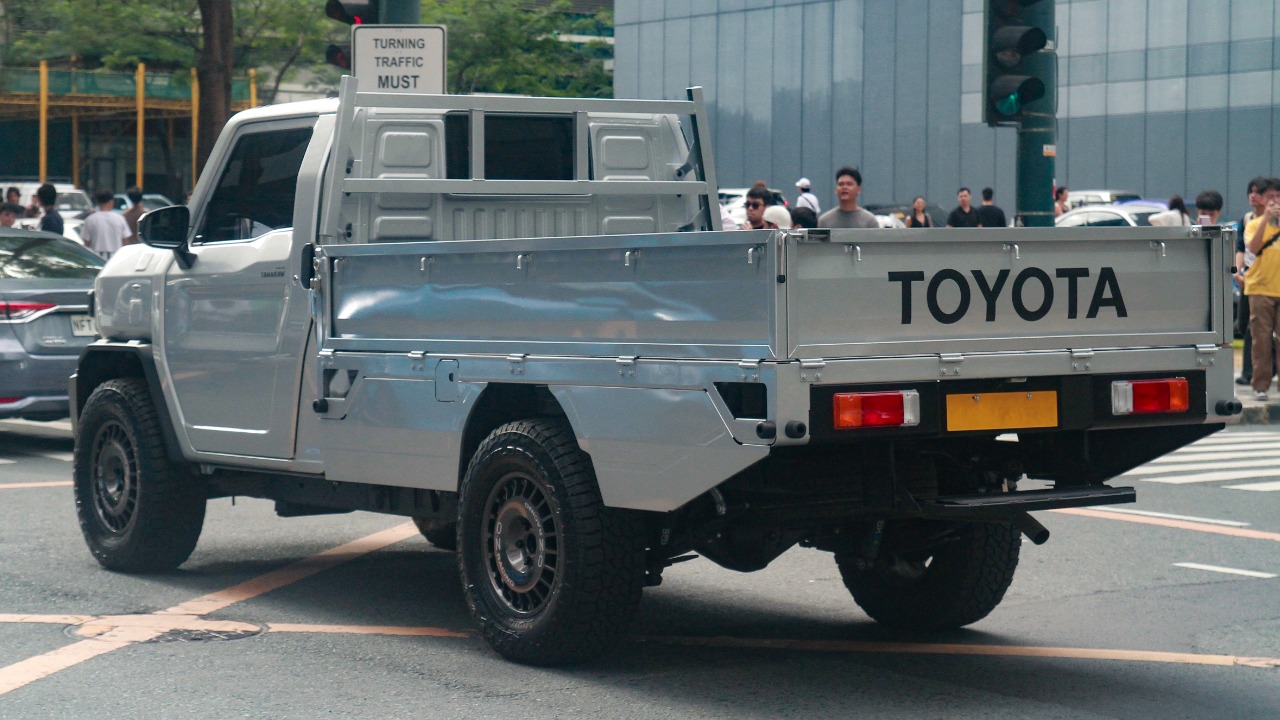
The introduction of a $10K truck by Toyota positions the company in direct competition with other budget-friendly models, such as the Ford Maverick. As more manufacturers recognize the demand for affordable trucks, the market is becoming increasingly competitive. Toyota’s strategy in this landscape will likely focus on leveraging its well-established brand reputation for quality and reliability, aiming to capture consumers who might otherwise consider its rivals.
The potential impact on the broader automotive market cannot be understated. If successful, Toyota’s $10K truck could prompt other manufacturers to reevaluate their pricing strategies and product offerings. This shift could lead to greater diversity and innovation in the budget truck segment, ultimately benefiting consumers.
Production and Release Timeline
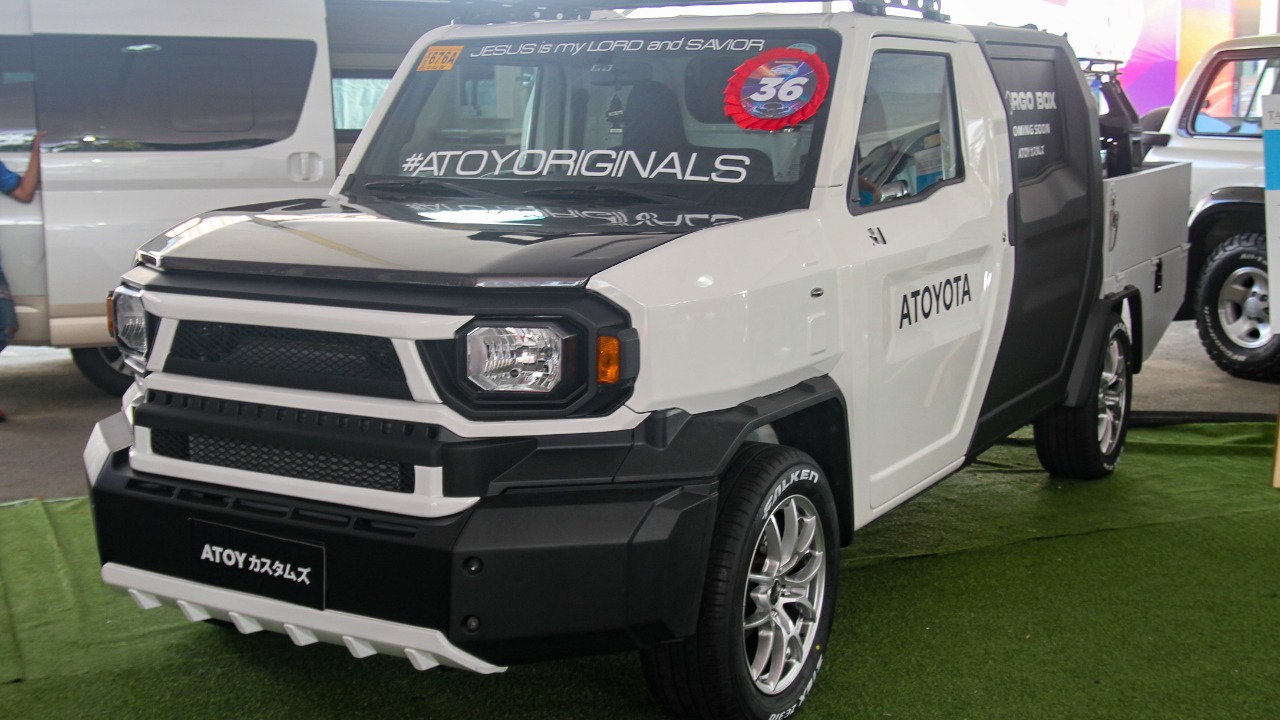
Toyota has already launched the IMV 0 in Asian markets, indicating that the manufacturing process is well underway. While specific details about production locations remain undisclosed, it is expected that Toyota will utilize its extensive global manufacturing network to keep costs low and quality high. The anticipated release in other markets is eagerly awaited, though exact timelines are yet to be confirmed.
Meeting production and quality standards at a low cost presents significant challenges. Toyota must balance affordability with the need to maintain its reputation for reliability. This task involves careful selection of materials and processes that optimize cost-efficiency without sacrificing the vehicle’s integrity. Success in this area will be crucial to the model’s acceptance and longevity in the market.
Consumer Impact and Expectations
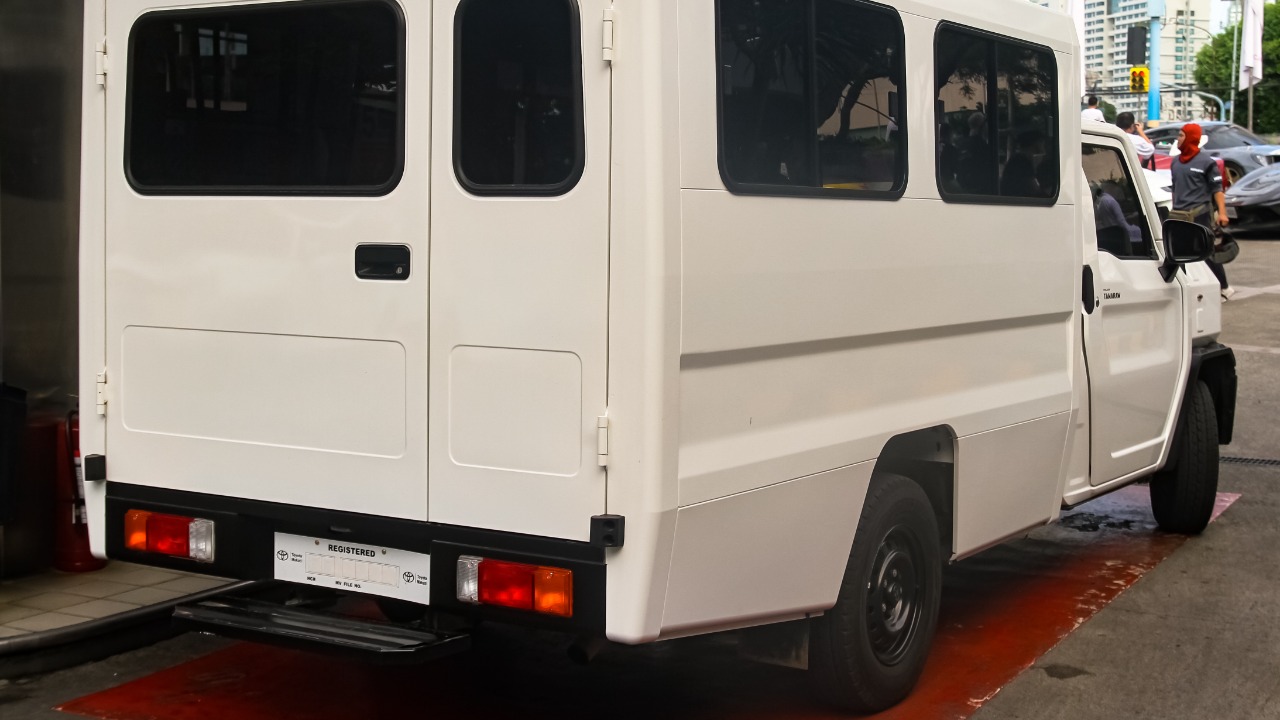
The $10K truck is expected to appeal primarily to budget-conscious consumers, including first-time truck buyers, small business owners, and those in developing markets where cost is a critical factor. This demographic stands to benefit most from a reliable, no-frills vehicle that offers the essential capabilities of a pickup truck without the hefty price tag.
The introduction of this model could significantly influence consumer purchasing decisions, encouraging buyers to consider new vehicles over used ones due to the attractive price point. In the long term, the success of Toyota’s budget truck could prompt a reevaluation of pricing structures across the industry, potentially leading to more affordable options for consumers worldwide. This development holds noteworthy economic implications, particularly in terms of accessibility to essential vehicles for a broader segment of the population.